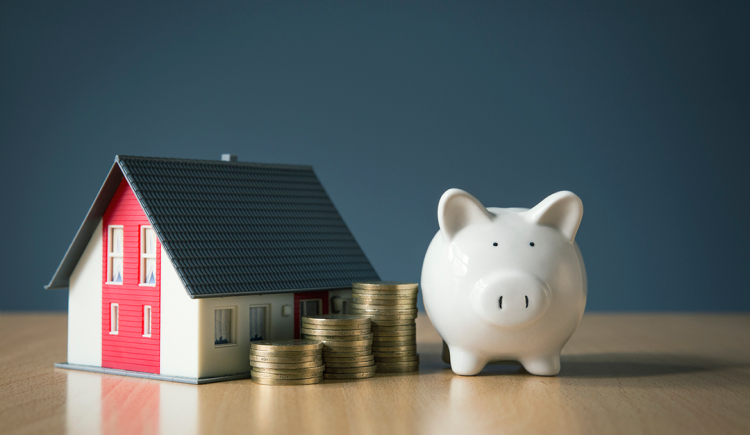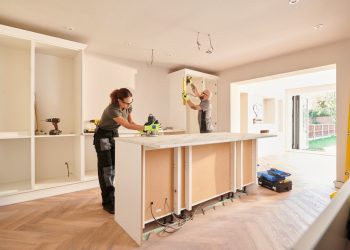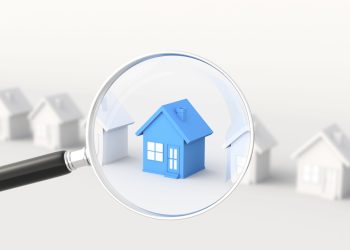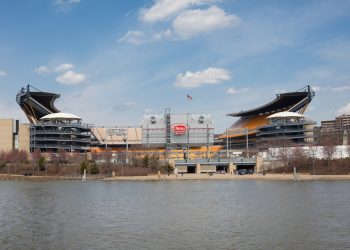ATTOM’s latest U.S. Home Equity & Underwater Report shows that 34.4% of mortgaged residential properties in the U.S. were considered equity-rich in the second quarter—this means the combined estimated amount of loans secured by those properties was no more than 50% of their estimated market value.
Mortgaged homes that were equity-rich in the second quarter of 2021 increased from 31.2% in the first quarter and from 27.5% YoY. Only 4.1% of mortgaged homes, or one in 24, were considered seriously underwater in Q2—down from 5.2% of all U.S. properties with a mortgage in the prior quarter, and 6.2%, or one in 16 properties, a year ago.
In total, 48 states saw equity-rich levels increase and seriously underwater percentages decrease since the first quarter of 2021. All states saw equity-rich levels rise and the seriously underwater portion drop over the last year.
These improvements are the largest in two years, highlighting the economy’s gradual recovery.
The details:
– Nine of the 10 states with the biggest gains in the share of equity-rich homes since last quarter were in the West and Northeast. The biggest increases occurred in Arizona, rising to 39.7%; Massachusetts rising to 41.7%; New Hampshire, rising to 36.1%; Rhode Island rising to 36.4%; and Delaware rising to 25.2%.
– Seven of the 10 states with the biggest declines since last quarter in the percentage of mortgaged homes considered seriously underwater were in the South and West. They included Tennessee (down from 10.1% to 4.4%), Alabama (down from 12.1% to 6.6%), Delaware (down from 9.9% to 4.6%), Alaska (down from 7% to 3.1%) and Nebraska (down from 8.6% to 5%).
– The West experienced higher levels of equity-rich properties than other regions in the second quarter of 2021. Seven of the top eight states with the highest levels in the second quarter were in the West, led by Idaho (54.2%), California (53.8%), Vermont (53.3%), Washington (49.4%) and Utah (45.5%).
The takeaway:
“The huge home-price jumps over the past year that helped millions of sellers earn big profits also kicked in big-time during the second quarter for other owners who saw their typical equity improve more than at any time in the last two years. Instead of the pandemic harming homeowners, it’s helped create conditions that have boosted the balance sheets of households all across the country,” said Todd Teta, chief product officer with ATTOM. “There are still a lot of questions hanging over the near future of the U.S. housing market, with some connected to how well the economy keeps recovering from the pandemic, and some not. We’ll keep watching those closely, though for now, there are few assets that keep on giving so much as homeownership.”
To view the full report, click here.













I think the title/headline is misleading b/c the rise in home equity is strictly related to some unhealthy behaviors (1) COVID related home price increases and (2) an unusually active Fed/FOMC.
It is misleading b/c it associates “good health” with the artificial rise in home prices and the subsequent rise in home equity – which are/were most closely associated with behaviors and actions that were artificial and non-organic. So it relates good-health with artificial and growth and that is not a sign of good health. It would be like someone saying that the economy is strong (e.g. the last administration) and yet the Fed is lowering interest/short-term rates and conducting emergency FOMC operations – all signs of a struggling (less-than healthy) economy.